HMD Global has been pushing ahead with new Nokia devices that bring some high to mid range specs to the budget and mid tier range, ensuring the former Nokia fans and enthusiasts take note of the latest offerings.
It’s no secret that Nokia devices have become a bit of a firm favourite for the price conscious consumer in Australia, ad indeed, internationally.
So when HMD Global announced that it was launching its budget Nokia 3.2 to the market here, we wanted to see what the devices offers for your hard earned bucks. We also wanted to know how it performs carrying out daily tasks we tend to use our smartphones for, so we wanted to give it a bit of an Ausdroid workout.
Can the Nokia 3.2 stand up to your daily needs? Let’s take a look.
The Build Quality
The Nokia 3.2 is predominantly made from a polymer plastic body and frame, with a glass front which houses the huge 6.26-inch IPS display. That display is bright but a little washed out and not as crisp as it could be.
The front also houses the front facing 5MP camera which is housed in a kind of tear drop notch. This doesn’t look too bad compared to the usual notches (that mainly have been disabled here) the company usual places on its devices.
Flipping the Nokia 3.2 to its back, the rear houses the single 13MP camera and a LED flash, along with the usual Nokia branding. The rear – whilst being made entirely of a polymer plastic housing – looks high end and just a little slightly deceiving at first but its not too bad of a feel in the hand, which is a smooth yet not slippery design.
Sadly however, the Nokia 3.2 doesn’t come with a fingerprint scanner which is a little disappointing but given the extra cost for this, its understandable the company didn’t provide one.
Also what is interesting and perplexing is that the Nokia 3.2 comes with a MicroUSB charging port. Given that the standard these days is USB-C, it is hard to see why HMD went with a legacy port here.
The good news is that for folks who still prefer to have an audio jack, the Nokia 3.2 comes with a 3.5mm jack on the top.
Around the sides of the phone you find the standard power button, volume rocker, SIM / MicroSD tray and a dedicated Google Assistant button. This is a welcome addition for those who want to summon the assistant without needing to speak (e.g. in a quiet room).
The Internals
The Nokia 3.2 is powered by a quad core 1.8GHz Qualcomm Snapdragon 429 processor with 2GB RAM, which is a little on the low side in 2019 – even in a budget phone.
This led to a jarring experience playing games, as well as when moving between apps. Nothing crashed, but it was noticeably slow.
There is also 16GB of storage on board with the ability to expand this to 400GB via microSD card.
Powering all this is a 4,000mAh battery which should’ve been sufficient to last all day and then some. Using the phone hard, though, I often found it reaching 30 to 40% or less by 6-7pm, which is a little surprising and shows the Nokia 3.2 can last the distance without the requirement of an additional charge throughout the day
Lights, Camera, Action!
The Nokia 3.2 is packed with a single 13MP camera that offers f/2.2 aperture and while the pictures taken where okay, the lack of an additional depth sensor did mean that they lacked any depth and detail that I have become used to when using most modern smartphones.
The camera software lacks any features such as AR stickers, scene modes or even Pro mode for manual control of the camera/pictures you’re taking, which is a little bit weird given previous Nokia devices I have reviewed have included these as part of the camera’s software features.
Features included in the camera include a beauty, panorama, timelapse, HDR, time delay, flash, Google Lens, Square and Video. That’s its really.
There is, however, Google Lens which works great but other than that, the lack of features means the camera is quite boring and there’s little to explore.
That being said, the pictures taken with the rear camera were fine, but sadly the camera did have issues focusing and the pictures did come out with a bit of noise and grain when using in low light or even too much lighting. Even in low light, the pictures came out too dark even without the addition of the LED flash being used.
There were also issues with the shutter which was slow and laggy during time and this is disappointing given there is a bit of potential for a faster, sharper shutter speed on the device.
The 5MP front facing camera is okay for those selfies but again the lack of any AR stickers or other modes does mean that you would be best using other apps like SnapChat or Facebook Messenger to complete these tasks and make your selfies look far more interesting.
Like the rear camera, the front camera is easily overwhelmed by too little or too much light, resulting in a bit of noise and grainy texture to the pics.
There were also issues with the camera shutter which suffered from a bit of lag. In most cases this can be fixed in software but whether it will be is unclear.
Another thing to note, video recording is limited up to either 720p or 1080p which is fine, but sadly cannot support any higher functions/resolution regardless.
The software
Nokia 3.2 comes with vanilla Android One 9.0 (basically a streamlined Android P) with a couple of security patch updates coming through while the device was being reviewed.
There is little to no customisation from Nokia, other than say a couple of its own apps included, such as the Radio app which requires a headset to be plugged in to use, as well as the My Phone app (formerly Nokia Care) as part of the software.
Being Android One, there’s 2 years guaranteed updates which include both security and major firmware/OS updates, something virtually unheard of in budget or even mid range handsets.
Should I consider buying one?
With a lacklustre camera and performance, the Nokia 3.2 is a bit of a hard sell.
As a budget device, some of these compromises are to be expected, but there is a lot of competition in this space in 2019, and just good enough isn’t good enough. As a cheap phone for your kids or maybe older parents, the Nokia 3.2 may be well enough.
For those looking for a little more, spend anywhere between an extra $50 to $200, and options include OPPO’s AX5s or AX7 or even the Samsung Galaxy A20 or Huawei Nova 3e. These phones offer at least some features in camera and software, something more worth considering.
HMD Global’s strategy of releasing a phone for every budget is unique, but arguably they’d do well to focus on doing a few phones really well, instead of doing many phones not as well. The less exceptional performers definitely detract from the brand.
You can purchase the Nokia 3.2 from Harvey Norman in Black or Steel colours or Big W (black colour only) for $249, or you can also get the device on a plan through Pennytel mobile for $186.79 with free phone cover and with plans starting from $11 per month.

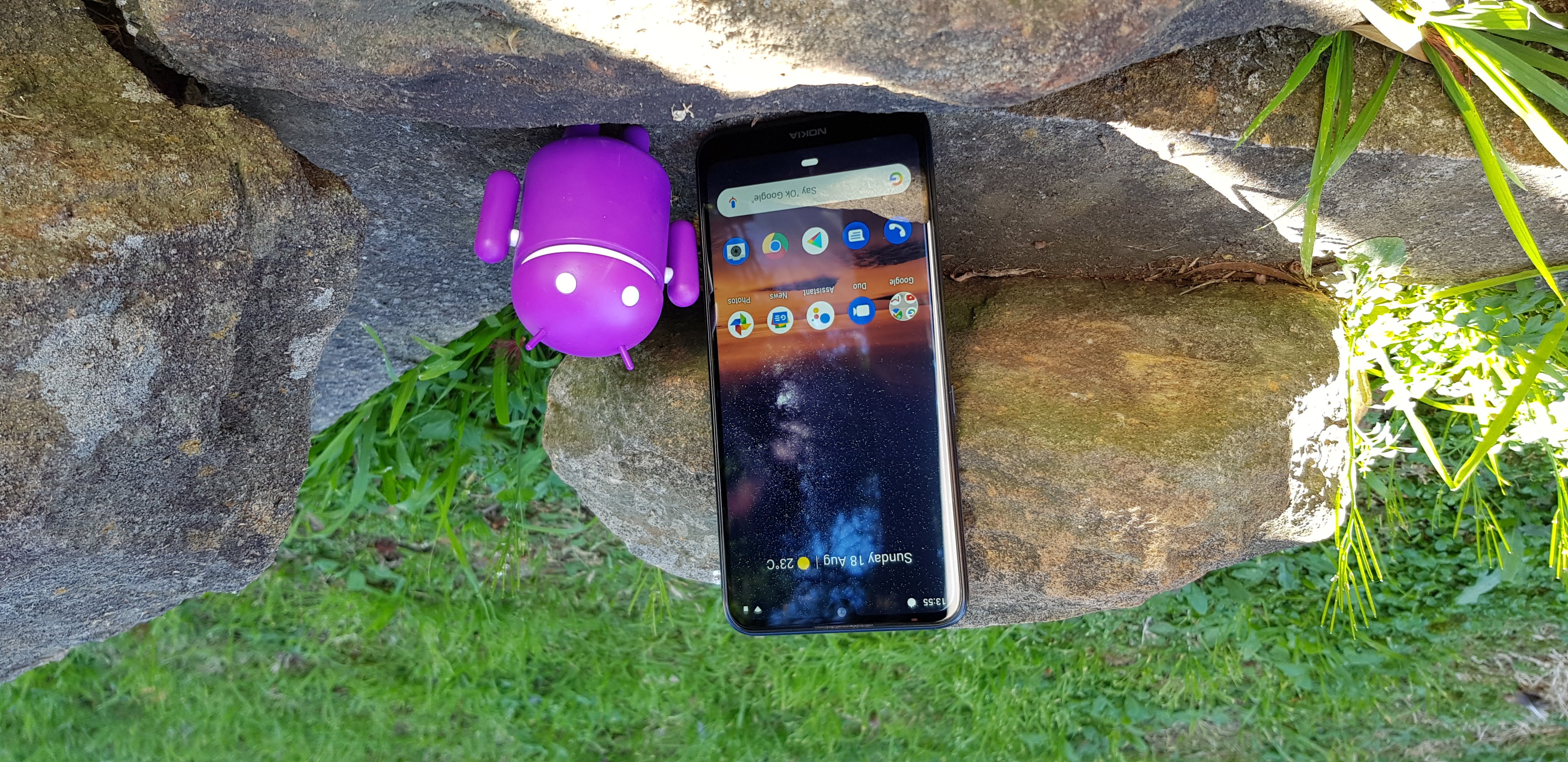
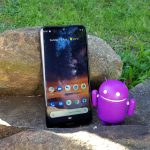

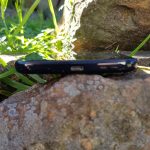
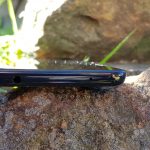






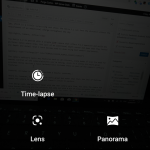
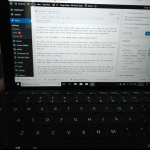
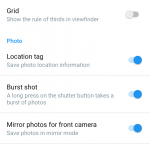
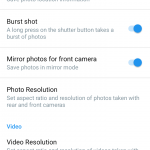


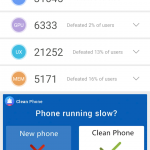
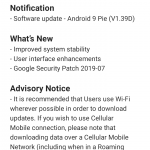



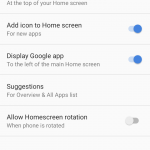
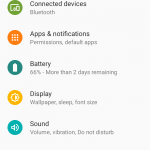
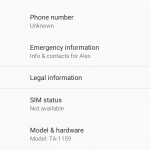



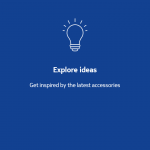


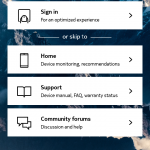



Most Nokia Australian stock phones are single-SIM.
Any chance of a Ausdroid review of the even cheaper 1 Plus or 2.2?
Dual SIM?